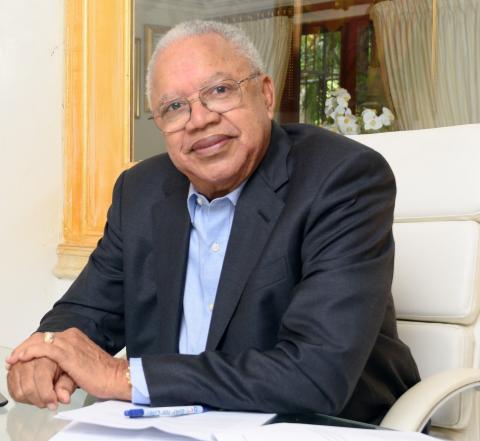
One of the best uses of technology in healthcare has been to facilitate the possibility of the connection of a holistic healthcare network that includes all services and caregivers and that has no geographic limitations. A truly connected system goes beyond hospital care to incorporate full patient care wherever that patient may be – at home or anywhere in the world.
There are two important things to consider when looking at a fully connected system. First, the hospital, health centre and private medical practice have to be able to connect with each other so that patient care can be seamless. Second, there needs to be a similar technology based network at home.
At the health facility level, the electronic medical record (EMR) must be fully accessible to all caregivers that the patient has. In order for that to happen, a scalable hospital information management system, which comprises both clinical and administrative modules that can fulfil all the needs of the health or medical facility needs would be the most ideal choice. This system should be able to work for large or small medical offices as well.
We have one such system so far at the University Hospital of the West Indies. Through this, once others have come on board with similar remote services, we can develop a national EMR. Government and private facilities would have to be a part of this health ecosystem so that patients can receive holistic and consistent care. One of the problems we have today is the fact that a patient can go to five different medical facilities and each will have its own set of records. There is no easy way to bring them all together. We have seen time and time again where a hospital can have three or more different paper records for the same patient. This can adversely affect the quality of care that the patient receives.
AT-HOME CARE
Outside of the healthcare institution setting, at-home care is critical to both treatment and prevention. Ideally, there must also be a link between institutional care and care at home or within a community.
The concept of the intelligent home or I-home was touted a few years ago in a demonstration at a health technology conference. The principle is to make the home into an electronic health haven that connects to a doctor’s office or hospital so that patient care can be continuous outside of a facility. It also incorporates wellness and prevention.
The thing about the I-home is that existing and simple technology that we may already have can be incorporated into this concept. They can be from different sources but must work together harmoniously. For example, a patient can use remote care devices such as heart and diabetes monitors from various manufacturers and link them to a doctor’s office.
Other devices such as those often used for entertainment can also be incorporated, such as an Amazon Alexa device to get information about health conditions and medication. An electronic pill dispenser, connected to that can remind a person about times to take pills or if they missed or going low on their prescription. All of this would be brought together through a telemedicine connection with a physician.
The telemedicine platform would allow the patient and doctor to speak about concerns, decide on follow-ups and do consistent monitoring. The doctor has this option first before determining whether the patient needs to be seen face to face.
INTEROPERABILITY
To bring this all together, there needs to be interoperability at all levels so that they can connect with each other seamlessly. Connectivity is critical in healthcare technology and interoperability makes this possible. Each part must be able to communicate with the other to be able to reap the full benefits of digitisation. The success of connected healthcare will lie in our ability to share information across time and space with other organisations, sources, devices whether local or foreign, in real time as needed. Once we are able to achieve this, we may see a tremendous improvement in terms of both access and general population health. Technology in healthcare is moving forward across the globe and we must embrace it and seek to reap all the benefits that it has to offer.
- Doug Halsall is the chairman and CEO of Advanced Integrated Systems. Email feedback to doug.halsall@gmail.com and editorial@gleanerjm.com
Published: Sunday | March 6, 2022 | 12:10 AM
https://jamaica-gleaner.com/article/news/20220306/healthtech-technology-...

